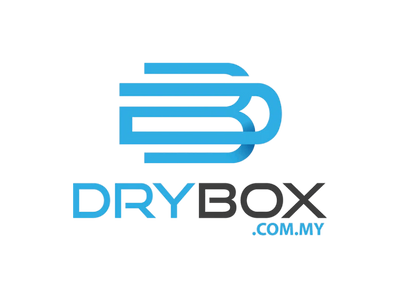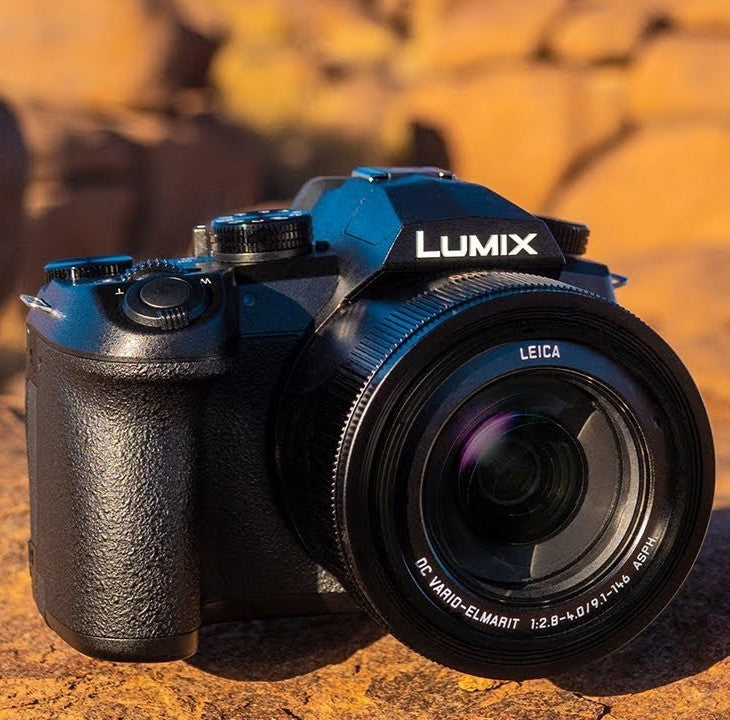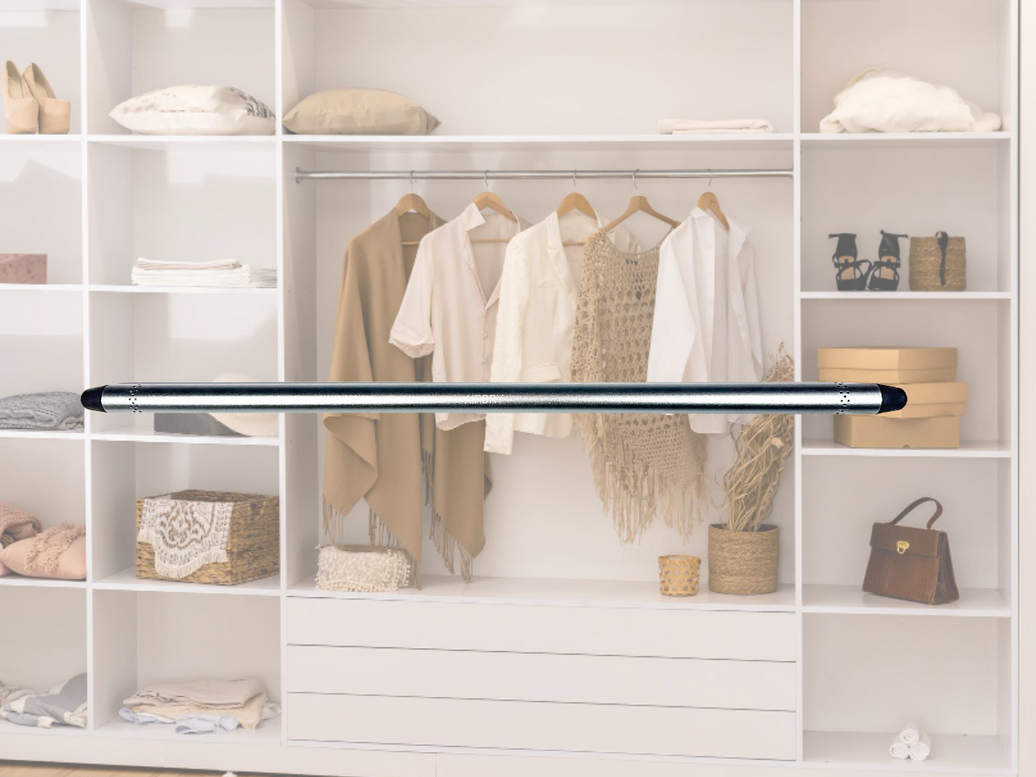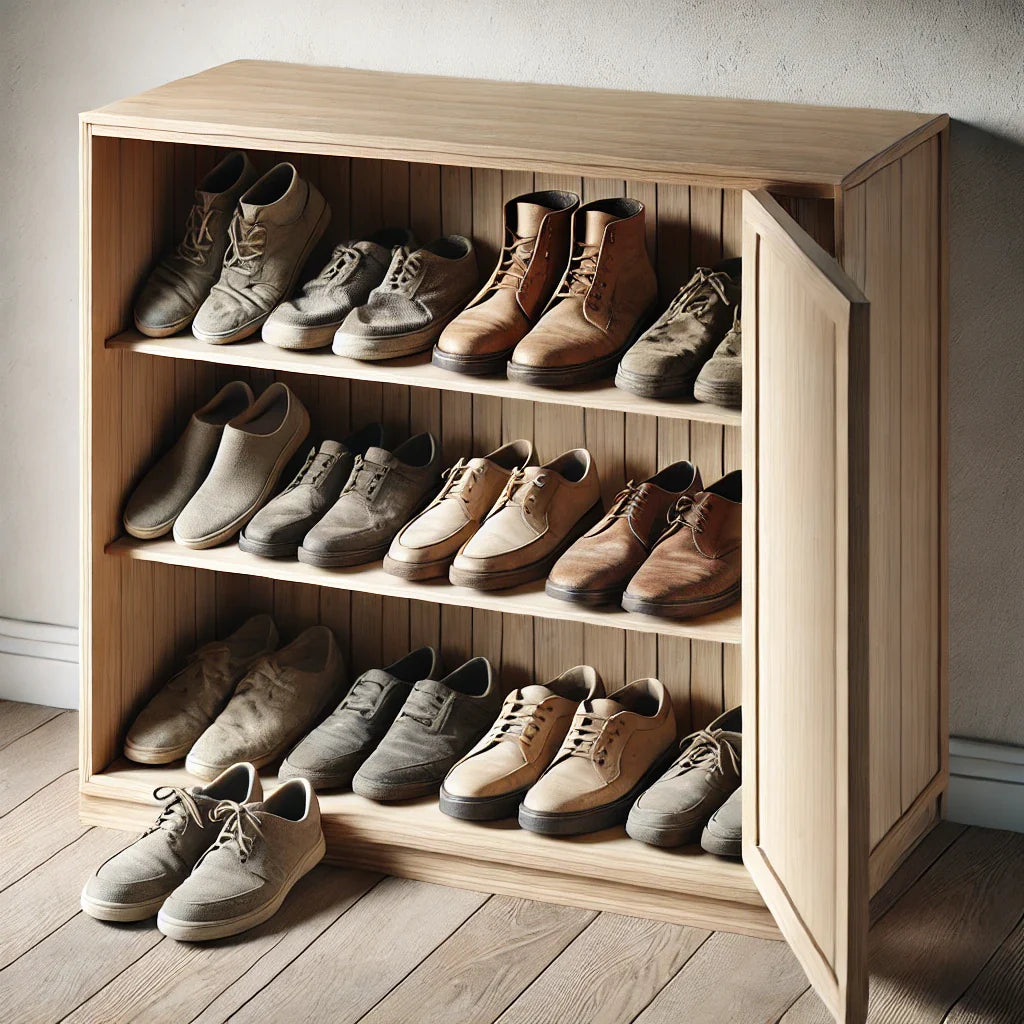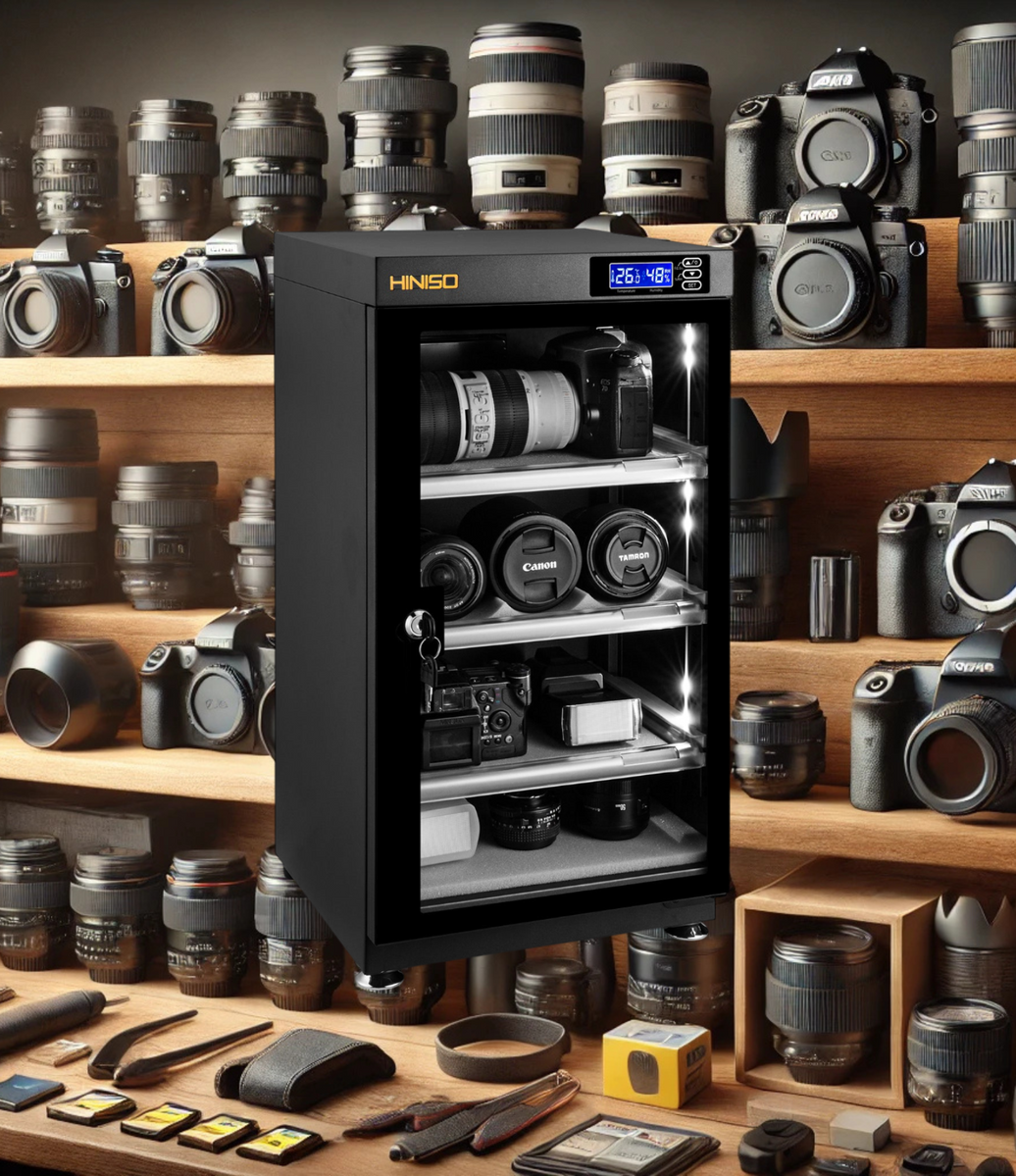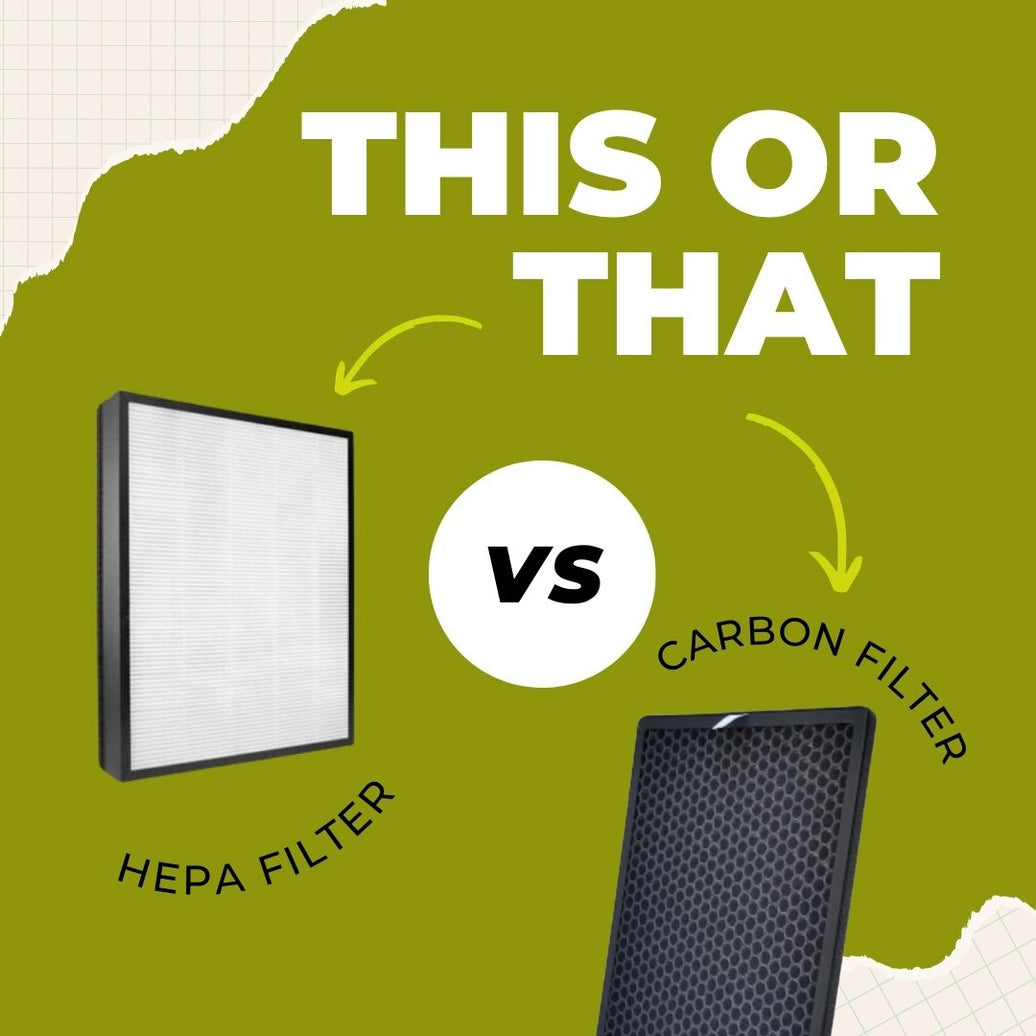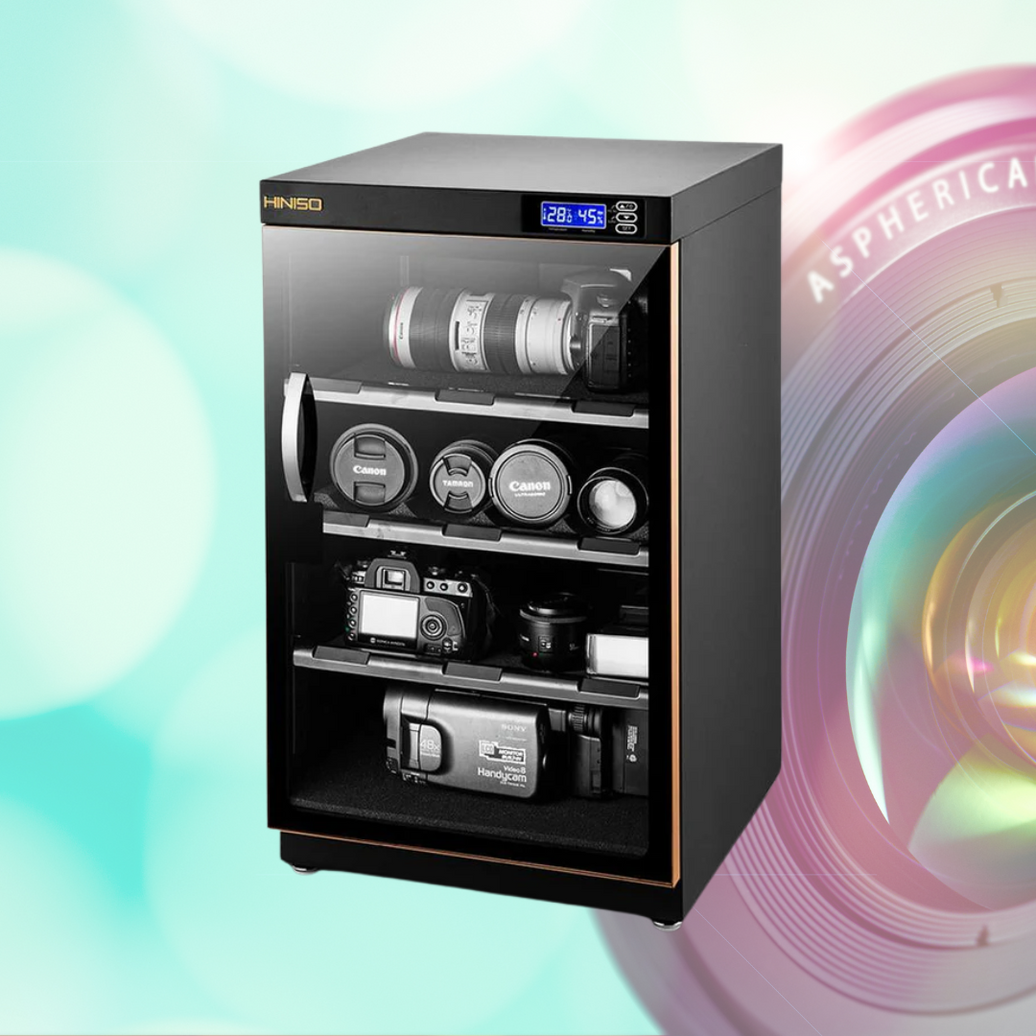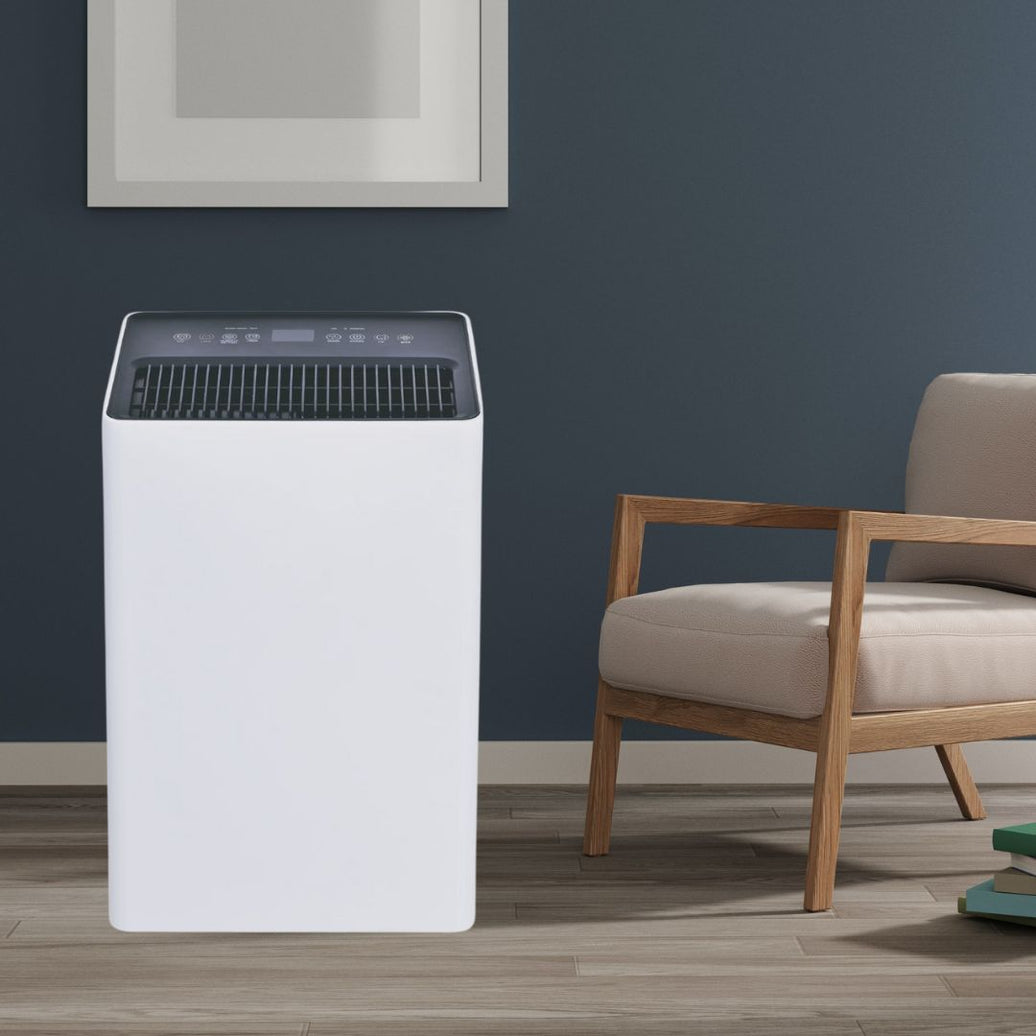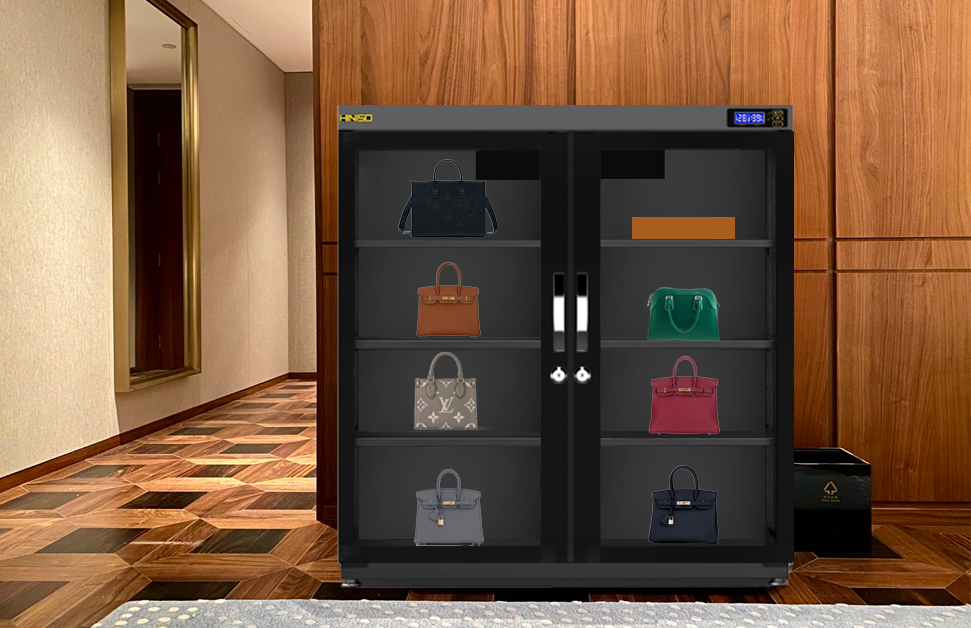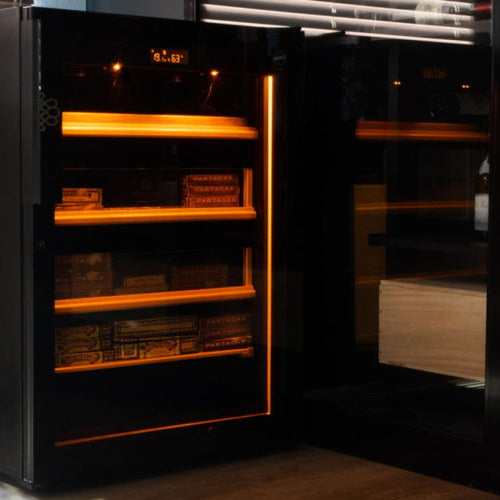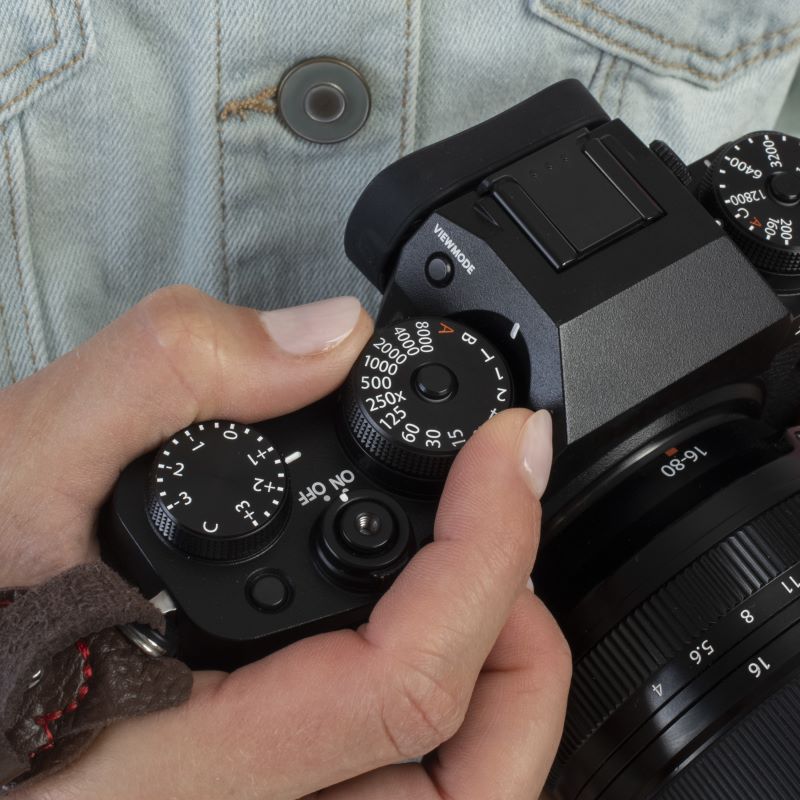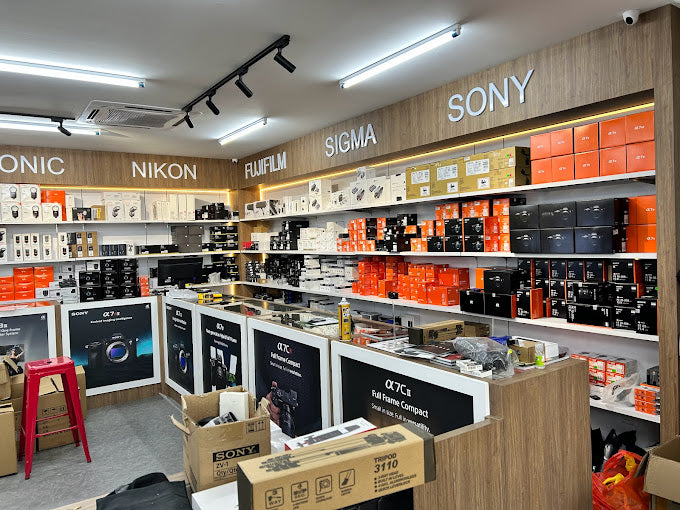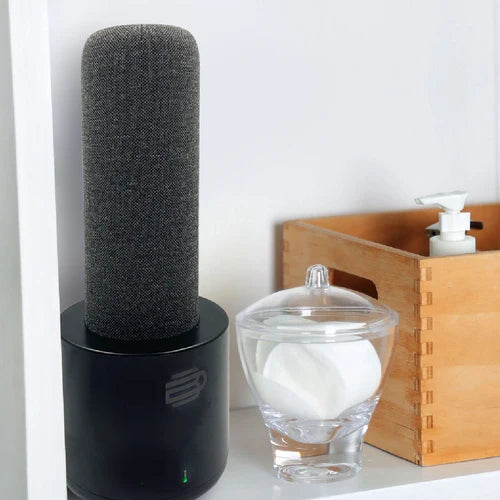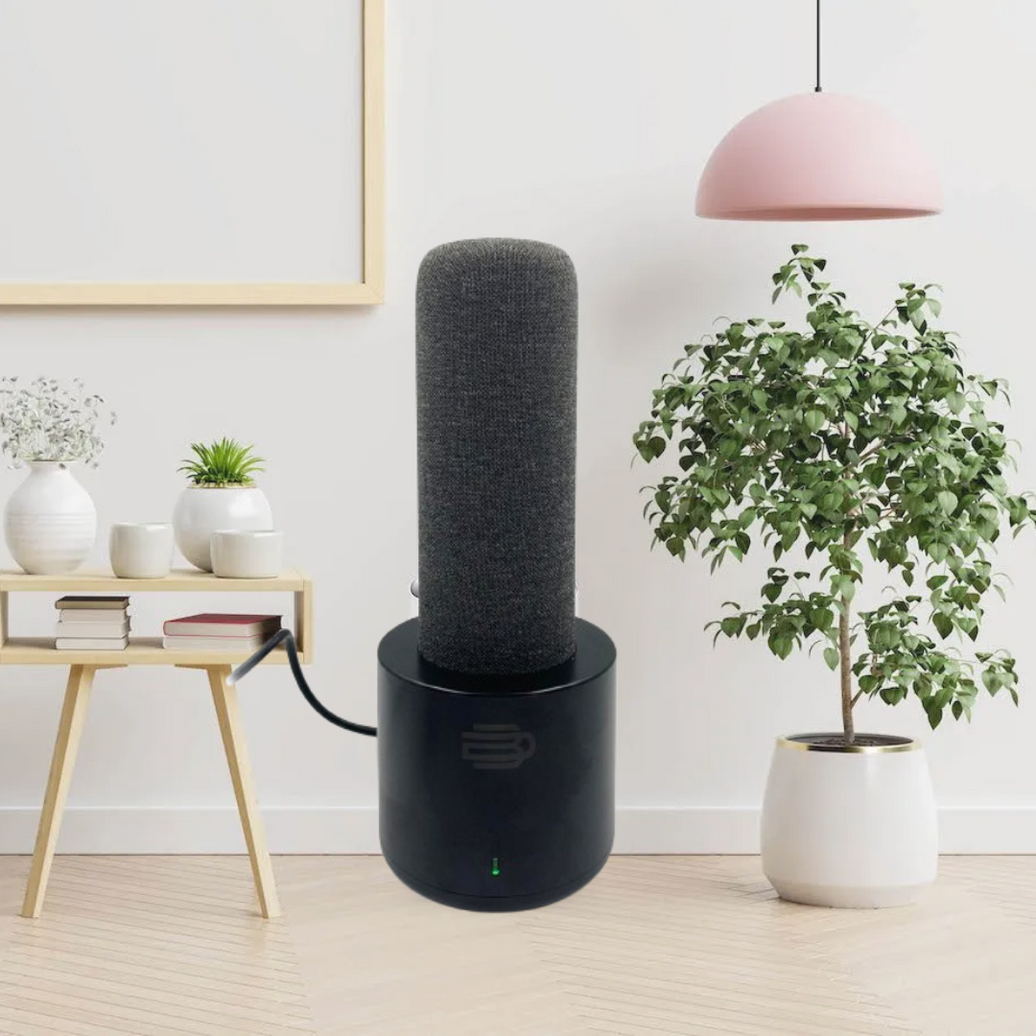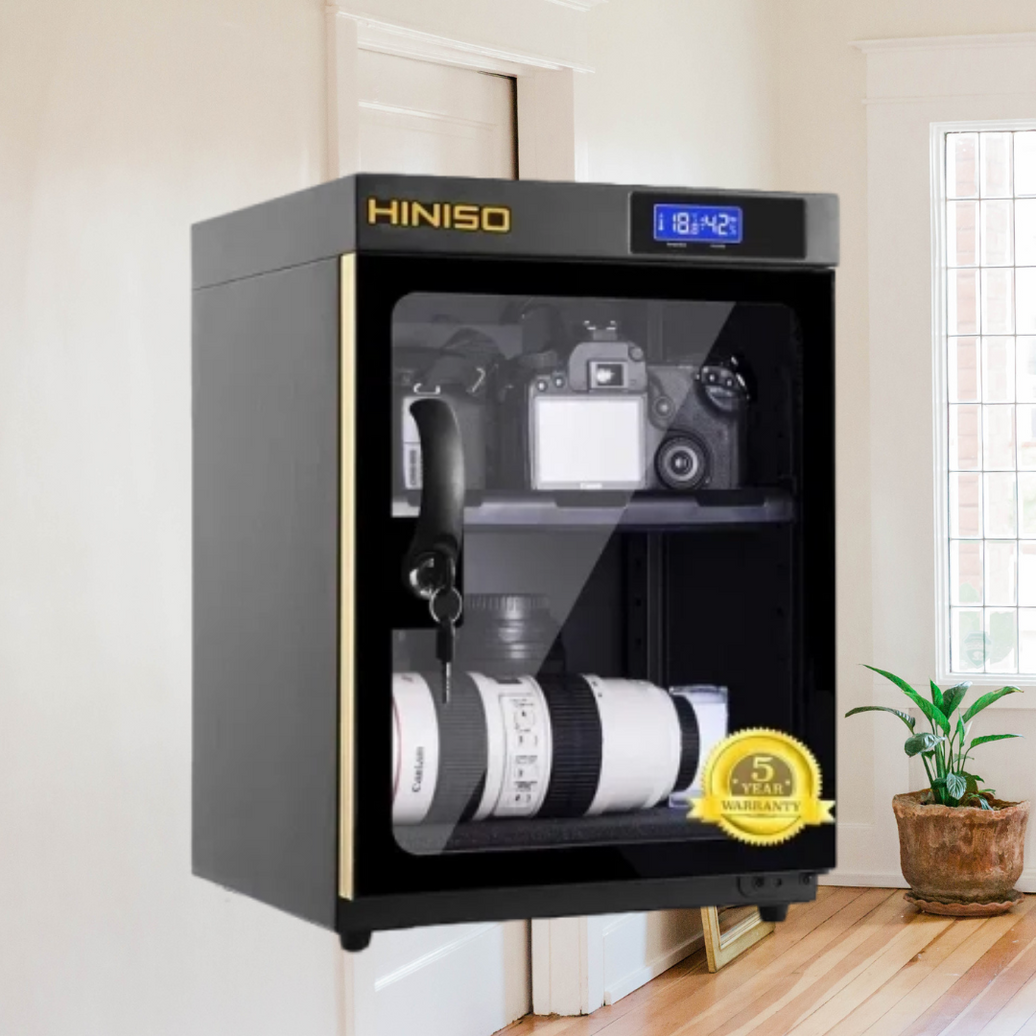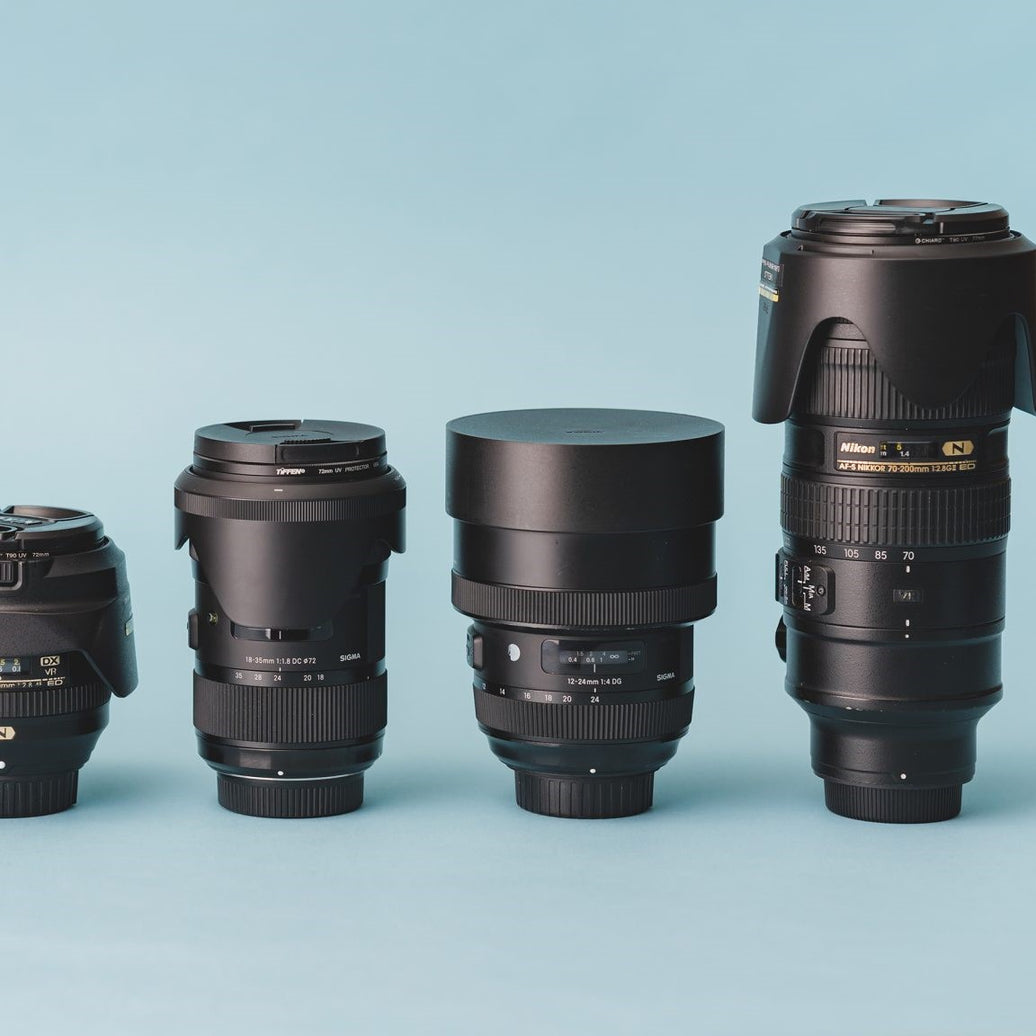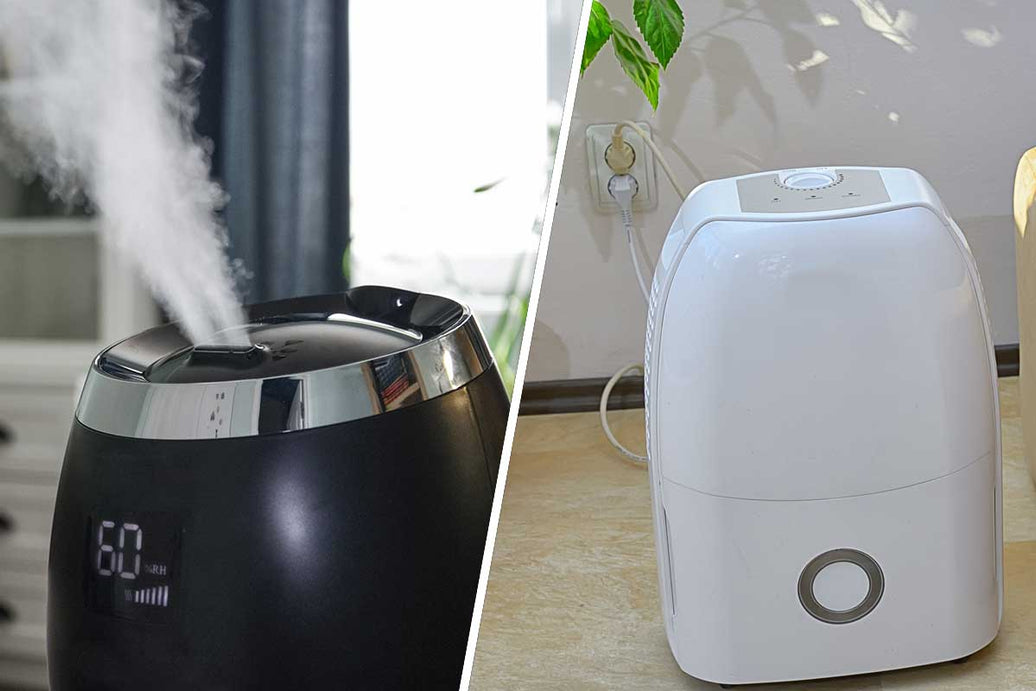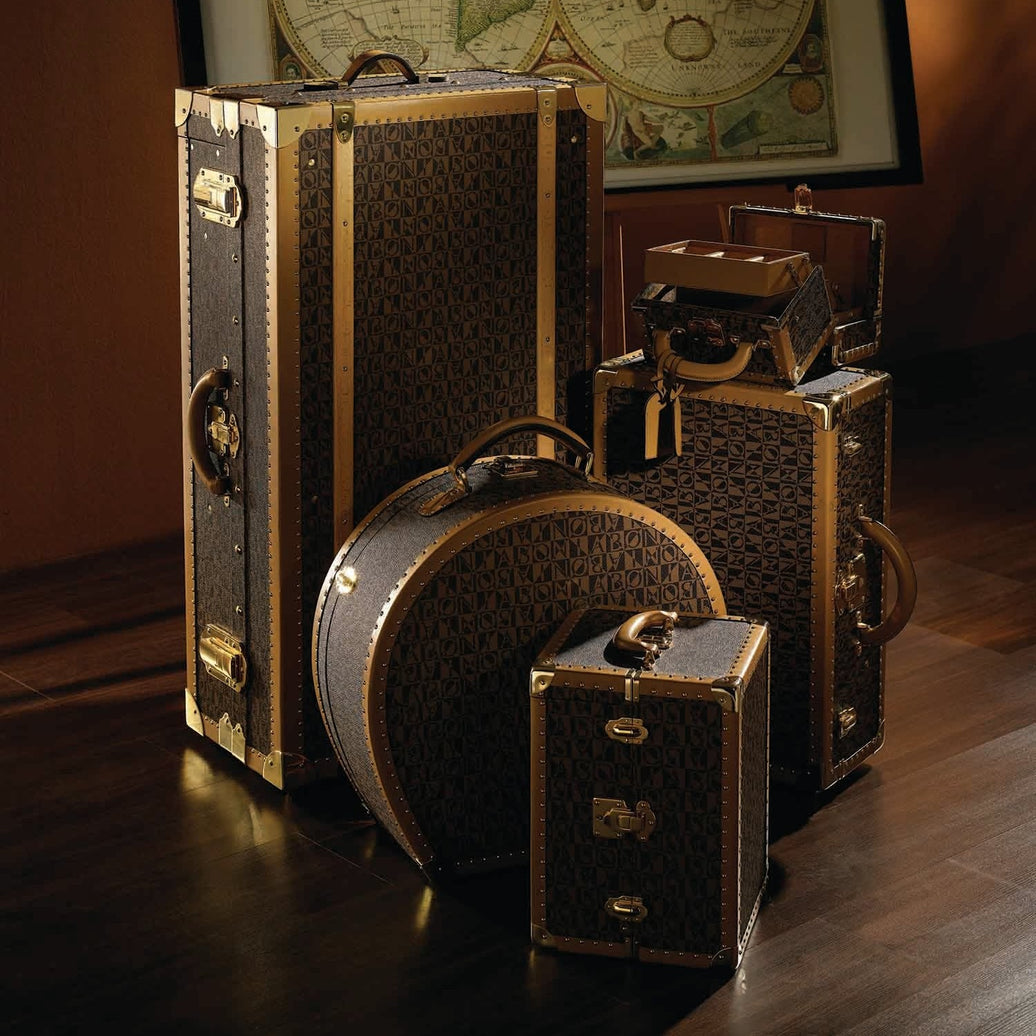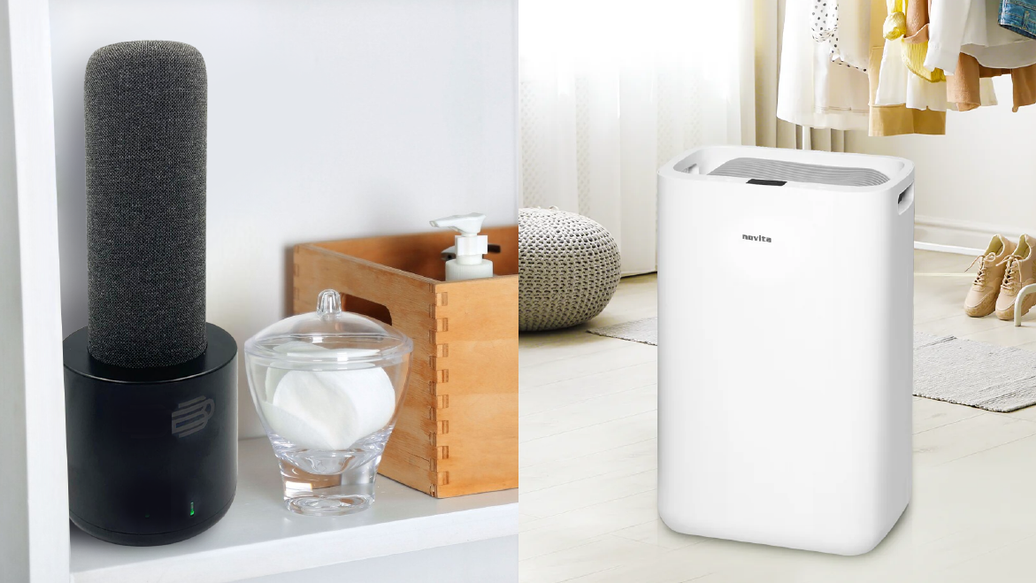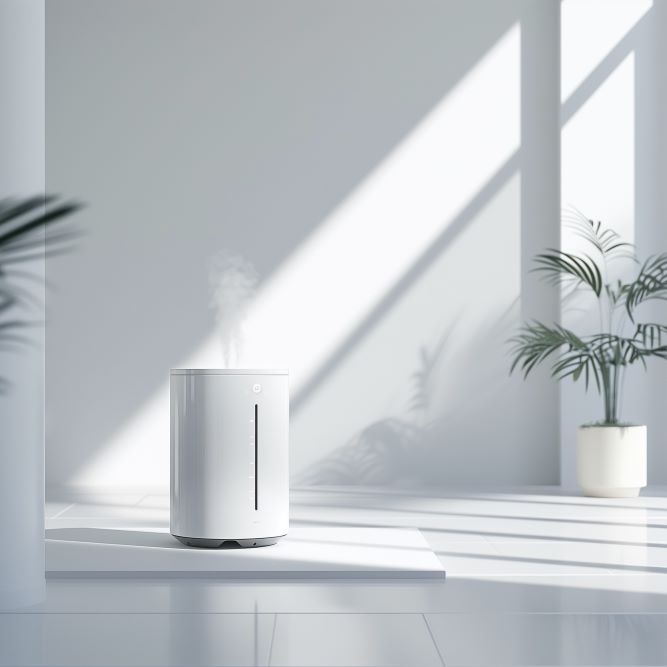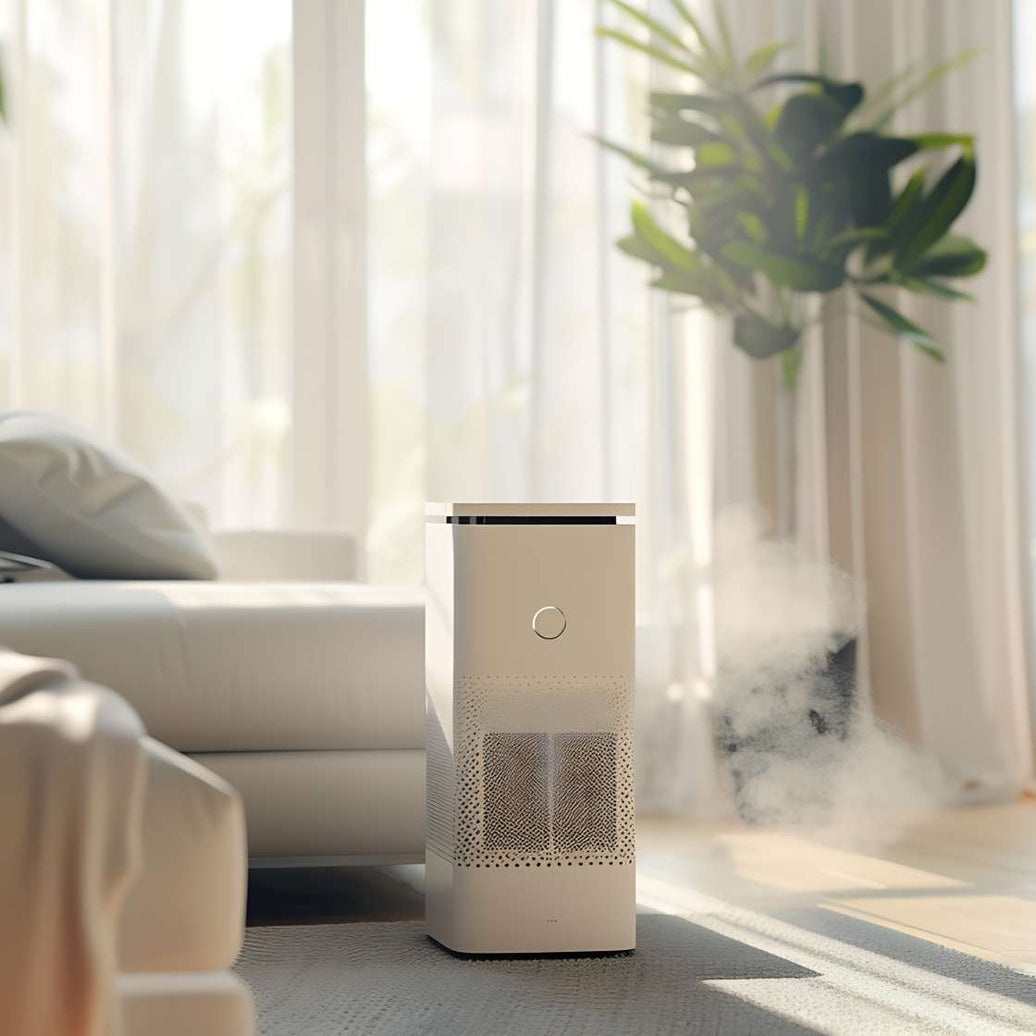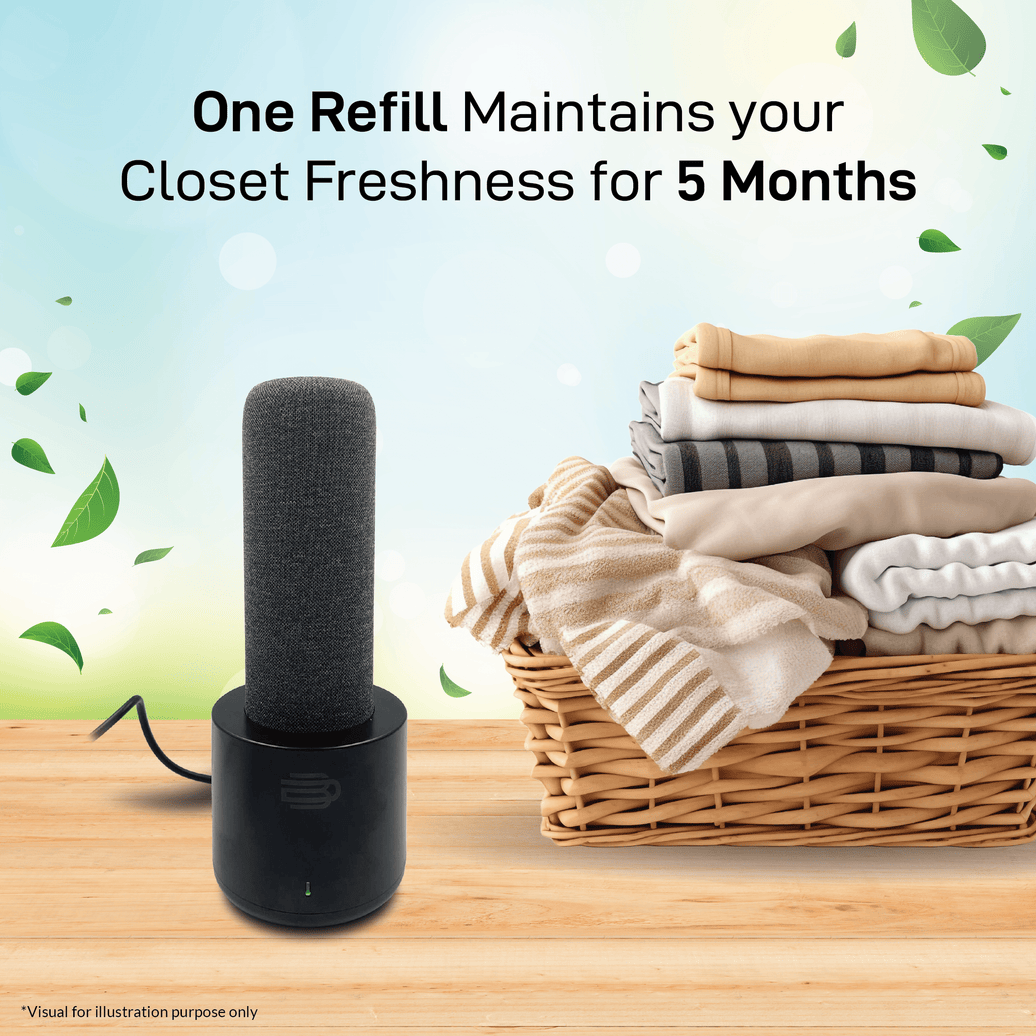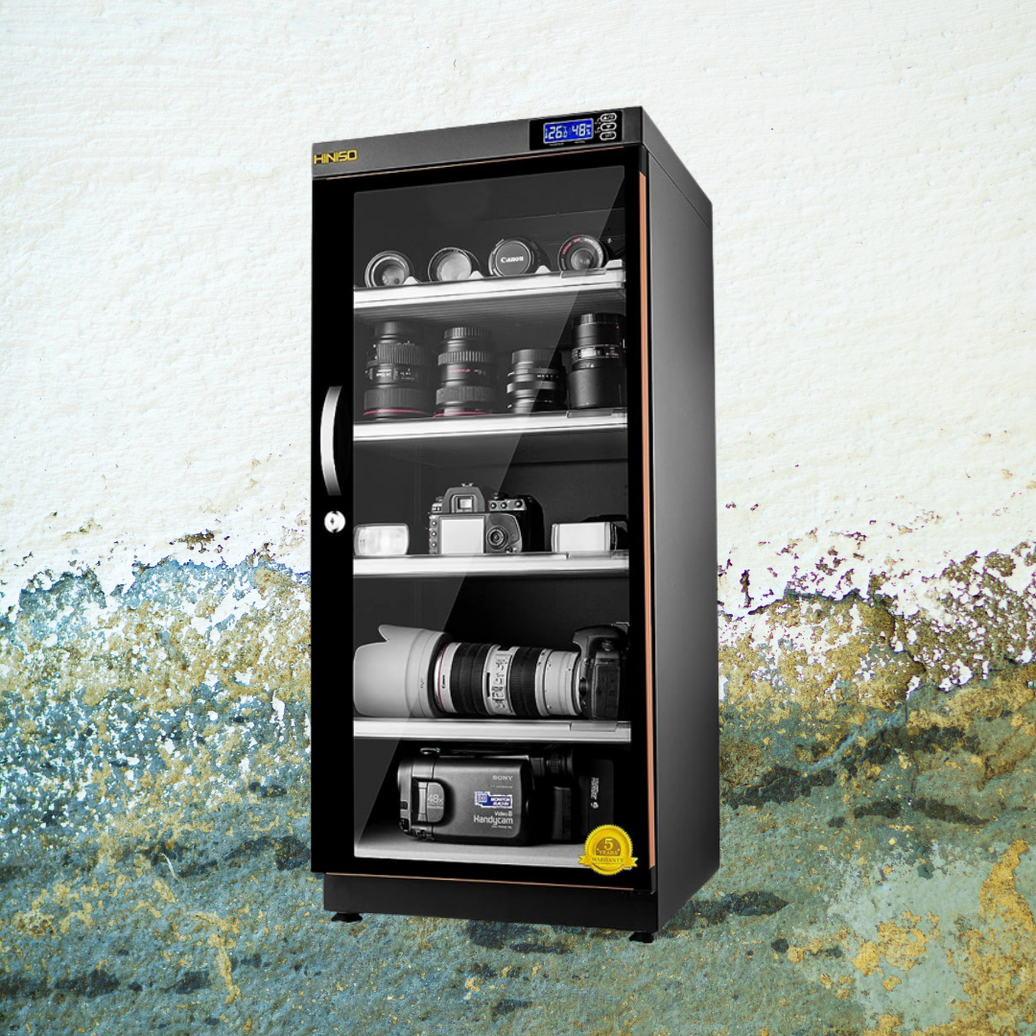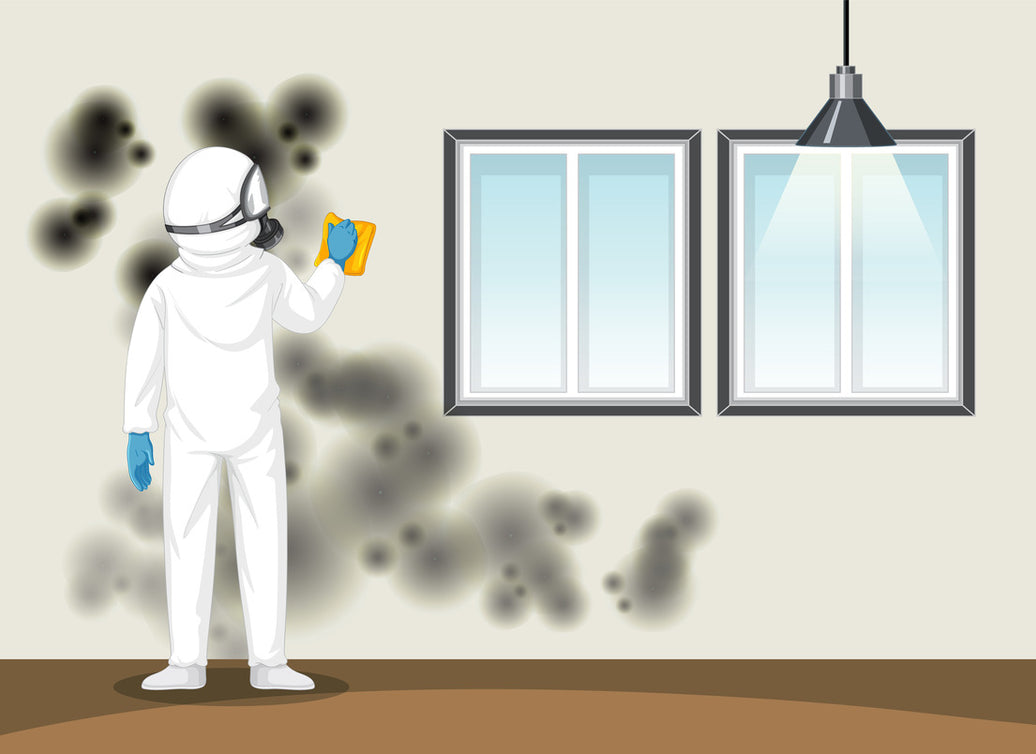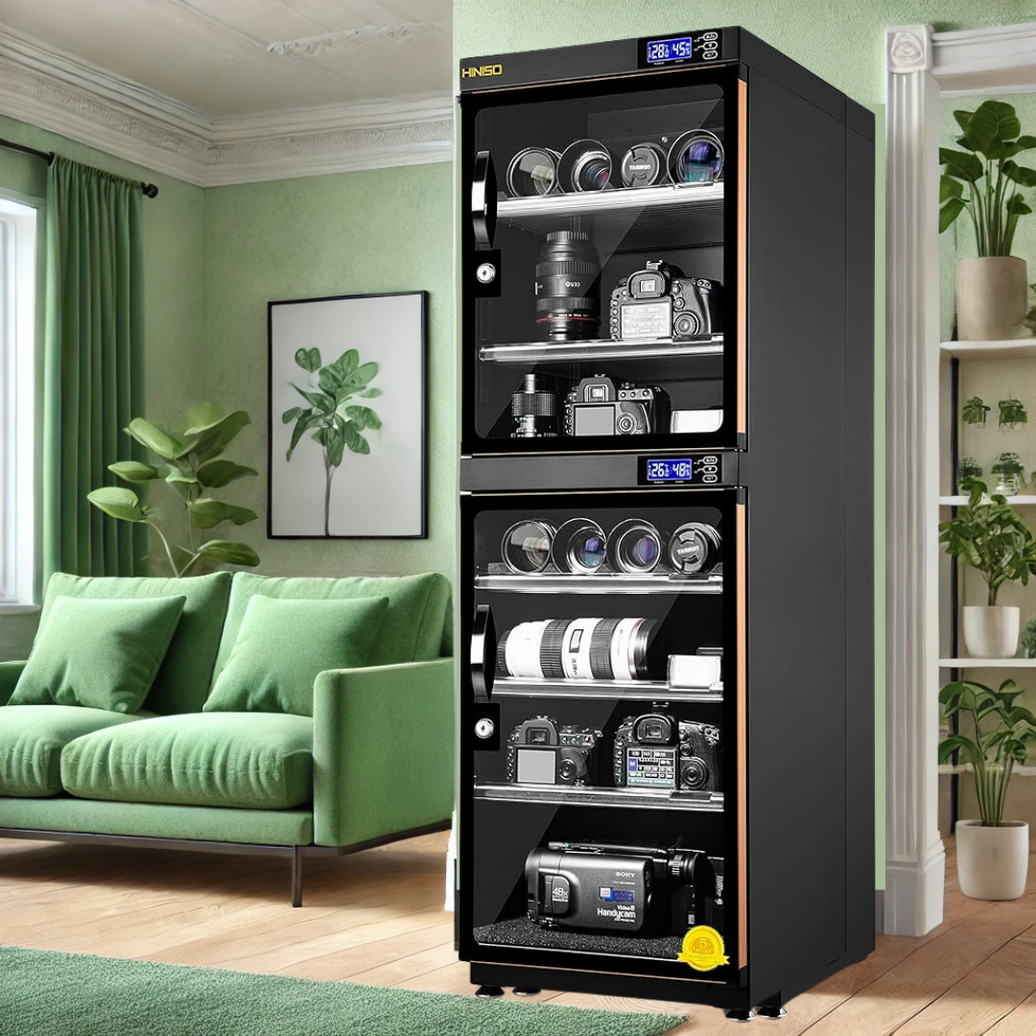When it comes to choosing the right dry cabinet, it's essential to consider several factors to ensure your valuables are well-protected from moisture and humidity. Whether you're storing electronics, camera equipment, or sensitive documents, a dry cabinet can be a game-changer. Let's break down the key considerations and help you decide between consumer and industrial models.
Understanding Dry Cabinet Basics
Dry cabinets are specialized storage units designed to control humidity levels, preventing moisture damage to sensitive items. They come in various sizes and offer different features, so it's crucial to match the cabinet to your specific needs.
Consumer vs. Industrial Models
Consumer Models: Consumer dry cabinets are perfect for home use or small businesses. These models are generally more affordable and designed to maintain relative humidity (RH) levels above 40%. They are ideal for:
- Storing camera equipment, lenses, and photographic films
- Protecting electronic gadgets and components
- Preserving documents, books, and artwork
Industrial Models: Industrial dry cabinets are built for heavy-duty use and can maintain RH levels below 40%. They are suitable for environments where stringent humidity control is required, such as:
- Manufacturing plants
- Laboratories
- Large-scale storage facilities for sensitive materials
Key Factors to Consider
1. Size and Capacity
Think about the amount and type of items you need to store. Dry cabinets come in various sizes, from compact units to large, industrial-scale cabinets. Measure your available space and consider future storage needs to choose the right size.
2. Humidity Control
Humidity control is the heart of a dry cabinet. Consumer models typically allow RH levels to be set above 40%, making them suitable for general home and office use. However, if your items require a more controlled environment, such as semiconductor components or laboratory samples, an industrial model is necessary.
3. Usage
Consider how frequently you'll access the items and the environment in which the cabinet will be placed. For home or office use, a consumer model with adjustable shelves and easy access is ideal. In contrast, industrial models often offer more robust construction and higher precision in humidity control, making them better suited for demanding environments.
Additional Features to Look For
- Digital Controls: Look for models with easy-to-use digital displays and controls for setting and monitoring humidity levels.
- Security: If you're storing valuable or sensitive items, consider a cabinet with locking mechanisms.
- Energy Efficiency: Check the energy consumption of the cabinet to ensure it's cost-effective to run, especially for larger or industrial models.
Making Your Choice
In summary, selecting the right dry cabinet depends on your specific needs and the items you plan to store. For most home and small business users, a consumer model with adjustable RH levels above 40% will suffice. However, if you need to maintain lower humidity levels, an industrial model is the way to go.
Remember to consider the size, humidity control features, and intended usage to make an informed decision. With the right dry cabinet, you can protect your valuables from the damaging effects of moisture and humidity, ensuring they remain in excellent condition for years to come.
By understanding the differences between consumer and industrial dry cabinets and considering key factors such as size and humidity control, you can confidently choose the best option for your storage needs.
